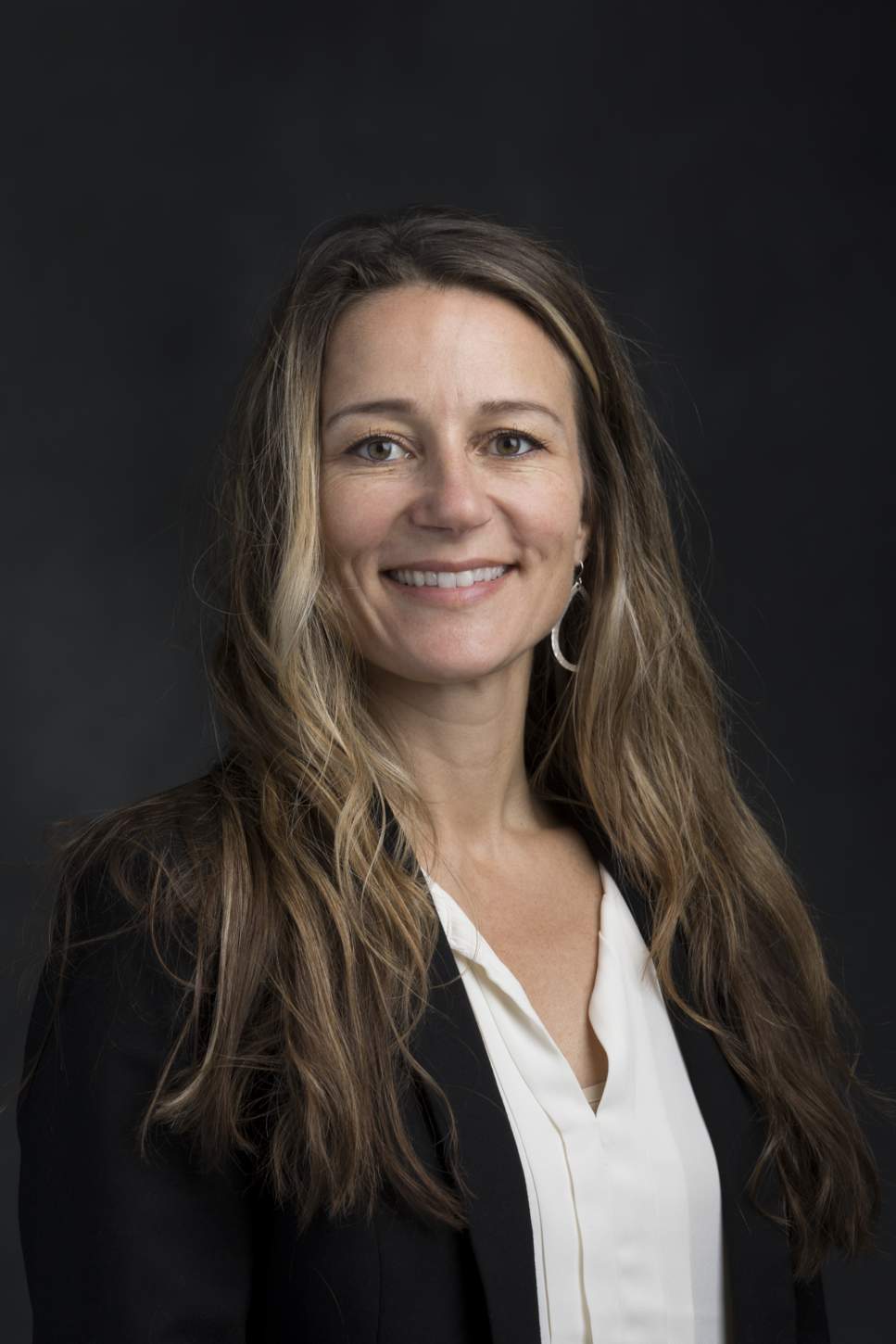Agriculture science looking downward for the future of feeding the world
Julie Cooper | April 21, 2020
Soil regeneration could be the solution for increased harvests and healthier livestock


Healthy fertile soil. It makes the grass and plants grow, which feeds people as well as livestock, which in turn are eaten by people.
Dr. Nicole Wagner, assistant professor in the Department of Agriculture at Texas State University, doesn’t mince words when it comes to soil. “We really need to be focused on soil regeneration,” she says. Wagner, who teaches soil science courses, explains that soil regeneration could be the solution to increasing harvests, reducing chemicals and pesticides in agriculture, and provide a way to boost the world’s production of food. It could also help in the battle against the effects of climate change.
Wagner says that there is a growing movement based upon biomimicry -- farming in nature’s image -- to treat the pastures and fields more like the American prairies of hundreds of years ago. Think huge herds of bison and deer moving together from prairie to prairie. Today, ranchers are trying a new tract — ending unlimited grazing by multiple herds of cattle in favor of moving one big herd quickly from pasture (or paddock) to pasture before resting and rehabilitating the pastures for weeks or even months. Instead of tilling up crops and leaving the fields uncovered, farmers are planting cover crops that feed the soil, provide for the wildlife, prevent erosion, and retain rainwater.
“When you think about nature you think about native prairie, you think about forests,” Wagner says. “There is an underground web of macro and microorganisms at work -- producing the enzymes needed to decompose minerals and organic matter and cycling nutrients. For example, what comes out of earthworms is natural fertilizer, the way manure of livestock and wild herds is fertilizer. That is what is releasing the nutrients. If you kill those bacteria, fungi – either by over-tilling the field or over-using chemicals (pesticides and synthetic fertilizers) you’ll have dirt. Dirt versus soil. Dirt is devoid of life,” Wagner says. She explains that soil regeneration has reduced or eliminated the need for pesticides and, in many areas, curtail the use of heavy equipment to till the soil.
Ranchers are seeing healthier herds; they don’t need to doctor their livestock as much. Herds are bigger and healthier. Farmers are more profitable due to this different way of farming and ranching because they are spending less on costly inputs and veterinarian bills. They are using “free” energy (sunlight) and biology that will do the work.
To illustrate this, Wagner shares some interesting video and web sites from organizations like carboncowboys.org, a group of 16 scientists from universities, government and corporations working with farmers and ranchers in the U.S. and Canada. This type of farming and ranching is regenerative agriculture.
“It is farming that adheres to ecological principles,” Wagner says. As a Texas example she offers up the Birdwell & Clark Ranch in Clay County, a third-generation ranching family that has 14,000 acres and has been using these techniques on their herd of 4,000 to 5,000 cattle. The ranchers explain that profits are up, cattle are heavier and healthier, and expenses are down. Visit the Birdwell & Clark Ranch.
In February, Wagner and Dr. Ken Mix, associate professor of agriculture, were among 155 attendees, mostly farmers, and ranchers, at the Soil Regen workshop in Salado. “It was all about regenerative agriculture through grazing techniques.”
It wasn’t until the 1980s, Wagner says, that the first academic papers were published on what soil organisms do. A lot of research money is going into soil science and the importance of microorganisms as an alternative to pesticides. “It may seem far-fetched because it is so different from what we have been told,” she says. “Weeds are just doing their job — trying to cover the soil.”
While Wagner did not grow up in a rural setting, she has always loved plants and animals. She started gardening with her mother. Asked about her own garden she rattles off a long list of vegetables: fava beans, lettuce, snap peas, vetch, kohlrabi, kale, and brussel sprouts — all grown in a raised bed the size of two desks. As the graduate program coordinator in Agricultural Sciences, Wagner had three students currently assessing the effects of how organisms are added to the system. The five students researching crops, food, and soils are:
- Ryan Manthei, exploring the microbiome in hydroponic systems by assessing fungal to bacterial biomass ratios.
- Michael Kelly, comparing yields of hydroponic (soilless) grown tomatoes and lettuce applied with microbially diverse applications of vermicompost liquid amendments and commercially purchased fertilizer.
- Jeff McAfee, exploring methods to increase microorganism diversity in soilless plant production.
- Ian Anderson: assessing consumer preferences of Texas State students for organic and locally grown foods.
- Emily Arnold, the use of halophytes (salt tolerant crops) as a cover crop to remediate salt affected soils.
Share this article
For more information, contact University Communications:Jayme Blaschke, 512-245-2555 Sandy Pantlik, 512-245-2922 |